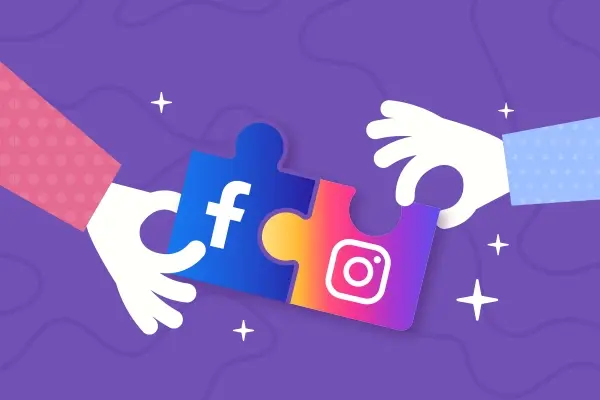Social networks - What they are, types, uses, advantages and risks
A social networking service, also known as social media or simply as a social network, is a digital platform that allows people to establish contact with other people through a website or other computer application. It is made up of a set of computers, servers, programs, drivers, transmitters, receivers, and above all, people who share a relationship, mainly friendship, and who have common interests and activities or are interested in exploring the interests and activities of other users.
Generally, social networks are used to communicate with people regardless of the country they are from and without the conventional limitations of email or phone calls and video conferences, in which although there are services that allow group conversations, they do not provide the time, space or certain tools that social networking services have.
Social networking services are frequently used through technology such as smart devices and can be grouped into categories according to the purpose for which they are used.
Social media are websites and applications that are designed to allow people to share content quickly, efficiently, and in real-time. While many people access social media through smartphone apps, this communication tool began with computers. So, social media – what is it? Social media can refer to any Internet communication tool that allows users to share content broadly and interact with the public.
The ability to share photos, opinions, and events in real-time has transformed the way we live and the way we do business. Here are the basics of understanding social media and how it can be used to help promote your business.
Types of social networks
Social networks can be classified into two types:
Vertical social networks.
These are social networks that do not have a specific theme, but rather are aimed at all types of users. These networks function as means of communication, information or entertainment. They are very numerous and popular, for example: Facebook or Twitter.
Vertical social networks.
These are social networks that connect people with specific common interests, such as music, hobbies, sports. For example: Flickr, a social network whose theme is photography. Within these networks are the professional vertical networks, such as LinkedIn, which involves individuals who share the work environment or who seek to expand their work boundaries.
Advantages of social networks
Social networks have a number of advantages or benefits, which have allowed them to establish themselves as one of the undisputed protagonists within the web.
- They are immediate. Social networks work in real time. The information, videos, images and opinions that are shared on the networks are usually made public and can be known by any user of the network in almost any point of the globe immediately. On some platforms such as Twitter, social, cultural, political or economic events, regional or global, are known by all its users instantly.
- They are massive. Social networks have broken down cultural and age barriers since they reach a large portion of the population.
- They shorten distances. Social networks allow communication with friends, family and any user of the network regardless of the geographical distance.
- They increase the visibility of brands. In recent years, advertising and the creation of corporate and brand profiles have made social networks a new market. They allow buyers and sellers from all over the world to connect. They facilitate customer service.
- They function as a channel for learning, entertainment and information. Social networks function as a means to make certain information go viral. Depending on the content that the user is interested in, they can learn, be entertained or be informed.
- They allow information to be shared. Networks allow for instant and easy file sharing: documents, music, photographs, videos.
- They provide job opportunities. There are networks that allow users to make their job profiles known. Some, such as LinkedIn, were created with the specific objective of forming communities of professionals. There, companies create profiles from which job opportunities are offered to which interested users can apply.
Negative aspects of social networks
Social networks have some negative aspects that every user must fight against:
- Cyberbullying. This is one of the main risks of social networks and occurs when an individual or group of individuals harasses or bullies another through social networks. This can happen through insults, viralization of private information, among other ways. Children must be educated so that they know the physical and psychological consequences that this type of practice can cause.
- Grooming. This is one of the greatest dangers within cyberbullying. Also called “pedophile deception”, it consists of the harassment of minors by adults through social networks. Grooming is a criminal offense and must be reported.
- Fake news. This is false or unverified information that circulates thanks to the excess of information on the Internet. This can generate confusion in users and difficulty in understanding events.
- Indiscriminate access to sensitive content. There is sexual or violent content on the networks, which is often inappropriate, especially for vulnerable social groups such as children.
- Abuse in the use of social networks. Excessive use of social networks can lead to loss of contact with the tangible world and cause addiction.
- Viralization of information. This is the mass reproduction of information. It can be a positive aspect when the information that goes viral is pleasing to the individual, but it can be negative when confidential information goes viral or harms an individual in some way by losing their privacy.









